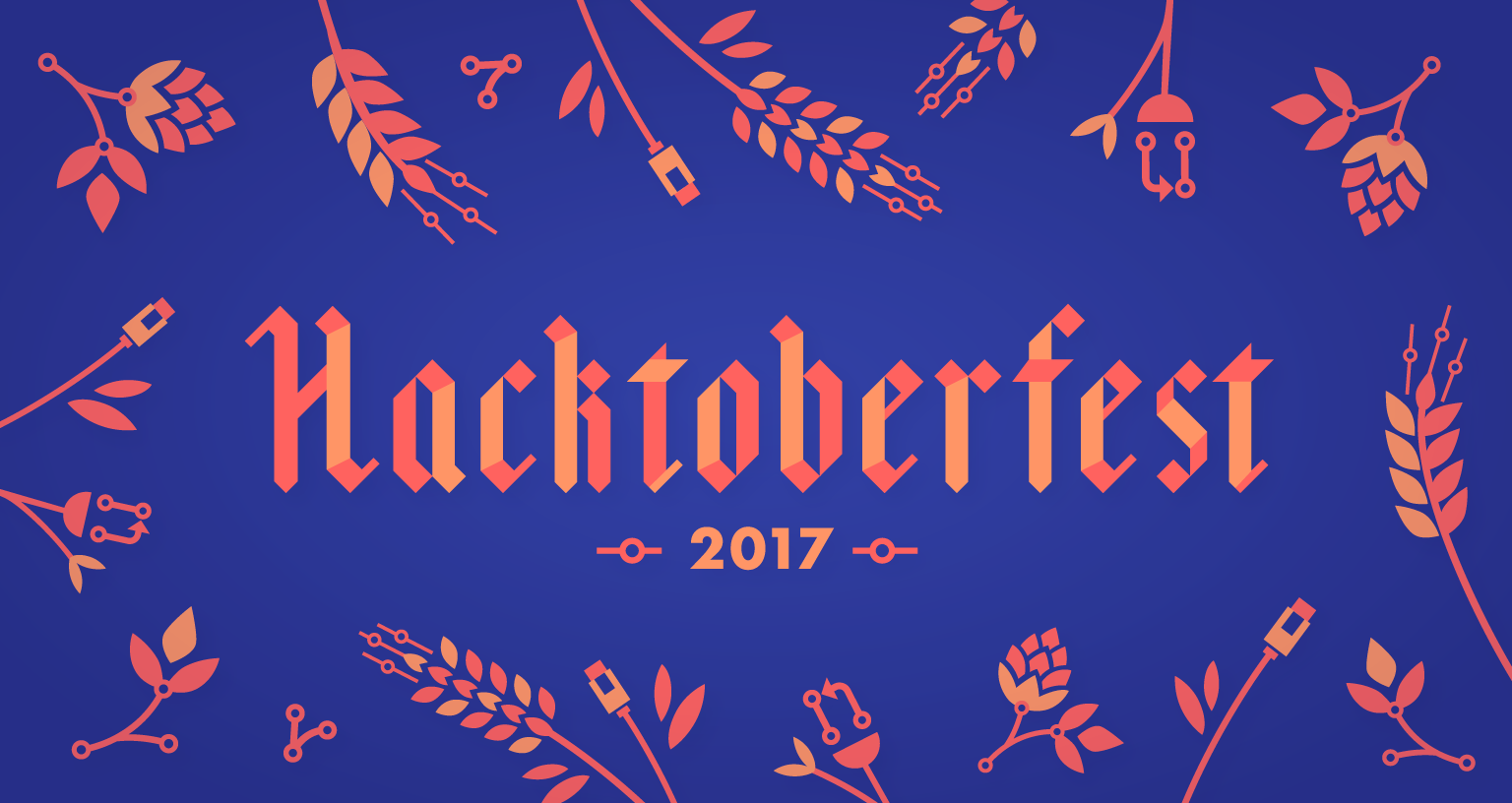Getting a MUD RP-scene going
This article is a little different from the normal more technical Evennia-specific content of this blog. It was originally published as a light-hearted addition to the Imaginary Realities e-zine many years ago. While IR is still online it has since dozed off. So I'm reposting it here to bring it to a new audience.
In roleplay-heavy MUDs (and in other categories of text-based roleplaying games), the concept of scenes become important. A scene in this concept is simply a situation big or small that involves you and your fellow players in interesting role play. A scene can be as simple as two players meeting in the street and exchanging a few words to the dramatic conclusion to a staff-driven quest. Whenever role player-interested players meet, a scene may happen.
But sometimes scenes won’t come naturally. Sometimes your favourite game has only a few people online, or most of them are hovering in private areas. It’s time to go proactive. Below I offer some archetypes, tropes and ideas for how to get a random Scene started and people interested. The list is based on one I did for a RP-heavy MUD I played some time back.
Some terms used in the list:
- Character concept - The general idea behind your player character (PC), like “The scarred veteran”, “The grumpy old magician” or “The swashbuckling bounty-hunter”.
- IC/OOC - In-Character/Out-Of-Character.
- Emote/pose - This is the common way to roleplay in MUDs. This displays a free-form action to the room, such as “The tall man sighs heavily”. Some MUDs offer a slew of special commands for particular actions or special syntax to decorate poses. Some games use specific “say” commands for verbal communication whereas others make say’s part of the emote completely.
- Action/static pose - a pose that “lingers”, such as The tall man is sitting by the bar. Commonly static poses remain assigned to your character’s description until you change it or exit the room, meaning that new people entering will immediately see your current status.
- NPC - Non-Player Character. Also known as a “mob”. An in-game character that is controlled by the computer, such as a bartender or a city guard.
- vNPC - a “virtual” NPC. This NPC does not actually exist in code but they should be there. Even though there are only two Players and a City guard in the central plaza, that place is actually packed with people most of the day. Most RP-heavy muds ask players to imagine vNPCs being all around them and have it influence their roleplay.
- Godmodding - this is considered very bad form. Godmodding means to include another Player’s character in your roleplay in a way that takes control away from them unfairly. Depending on the game, disagreements on how to resolve a situation may be down to skill checks, die rolls or calling in a staff arbiter.
Scene starters
Scene starters are for when you are alone in a room hoping for others to join you (we've all done it). It is considerably easier to run Scene starters if there is some OOC way for other players to know where to find you (such as a list showing who's interesting in roleplay and where they are in the game). If not, it’s best to prepare your starter in a commonly visited central location or hub. You normally trigger the starter whenever another Player enters.
The Scene starters below are intended as ideas and suggestions, but are also examples of archetypical behaviour I’ve observed myself.
 The Barfly
The Barfly
A role playing mud classic since time immemorial. The barfly is alone in a tavern and tends their drink, waiting for things to happen. A passive role, but trivial to setup and easy for other players to jump in on - they just slide up to the bar and ask what's up. Fun variations is the drunk barfly or really, really sad/happy barfly, states which immediately give other Players things to ask about and work with.
 The Strider
The Strider
This is the "dark stranger in the corner" variation of the barfly. It is simple to execute - just sit in a dark tavern corner looking glum and mysterious. Often used by newbie players unsure of the game’s commands. The problem is that unless they know the Strider from before it's hard for other Characters to include him/her in their roleplay in a realistic way. The whole IC point of this trope is after all to avoid attention.
 The Busybody
The Busybody
The busybody is keeping busy in this room. Most commonly they are performing their job. If they own a bar or run the shop, they tend it. If they are guardsmen they are standing on patrol. If they are wee jesters they are making fools out of themselves. And so on. This is a great starter since it is both natural, realistic and in-character all at once. The nature of their work may occasionally make it easier or harder for other Characters come up with reasons to interact with them though - it might be harder to motivate why some characters would strike up a conversation with a guardsman than they would with a street vendor.
The Demagogue
The Damsel in Distress
This starter, which of course works both for male and female Characters, sets up the damsel as being in a dependency situation to whomever enters the room next. It involves describing the damsel in a sort of precarious situation that clearly requires an extra hand to resolve. This could be anything: Having their hands full and nearly dropping stuff. Chasing a dog that is running off with their book. Being accosted by vNPC ruffians (which should bugger off quickly, unless roleplaying completely “virtual” combat is your cup of tea). Either way the newcomer has an ongoing scene to react to, and roleplay immediately ensues.
The Organizer
The Aggravator
The aggravator starts off on the wrong foot with people. Maybe they lash out due to some perceived injustice or they are just grumpy. This starter does not fit all character concepts. The aggravator should accuse the newly arrived PC for something. It could be something from their common history or something made-up out of the blue. It is an active starter in that it leads the way and forces other PCs into roleplay - if nothing else in order to defend themselves. A simple example is to chide the newly arrived PC for not stopping the vNPC that just ran past them out the door. It's important not to take the aggravator trope too far, especially not when using vNPCs. The idea is to get a scene started with some tension, not to get the other (possibly random) PC into real trouble. No god-modding, remember. If the two Characters are actual enemies though, it may be another matter ...
The Stage Director
The nice thing about staged scenes like this is that it gives depth and personality to the game and is often highly appreciated by other Players. If done well, the stage director could give everyone involved a true feeling of being in a living environment.
The scene could continue to be played out around the PCs also as they interact, making this starter potentially demanding on the stage director. If the other Players are experienced they should pick up on this and maybe even contribute their own vNPCs to the scenario (or the stage director could actively invite other Players to do so). It's important to remember to avoid god-modding here - never dictate another PCs actions, let other Players react as they see fit.
The Lazy Bum
This is unfortunately the most common of starters and we've probably all done it one time or another. It does not involve anything but simply standing in a room. No action set, no nothing. Just being there, the Character staring blankly into space until something happens. Yeah.
Scene entrances
Here are some ideas on how to enter a scene/room with one or more other PCs already involved in role play. It should be noted that if other PCs already have a scene going they might be OOC annoyed if the newcomer muscles in with some room-changing entrance. So you as a Player have to show some consideration here. Check the land and eventual actions set on people in the room. If a great scene is already in progress you shouldn’t need to start your own - instead try to get in on the action!
 The Mouse
The Mouse
The most common of entering schemes. The Mouse walks into the room/area not drawing attention to themselves. A simple, passive setup that fits many situations and Character concepts. The mouse is a useful way to enter an already running scene. It is a bit overused though, possibly being The lazy bum of entrances. It seem to imply that it is up to others to notice and respond to the mouse. If really aiming for anonymity, the mouse must emote explicitly that they are not drawing attention to themselves, making it clear to other characters they need not go out of their way to be courteous and notice the newcomer.
The Ignoranti
The Walker
The walker is just "passing through" this area. This entrance is useful for outdoor areas or minor streets were many Character concepts probably have no real reason to be hanging about more than necessary. The walker is really heading somewhere else and just happens to stop to chat with people in this room. It's an effective entrance that allows for quick, logical exits as well (they just have to 'be on their way'). This is far better than the more common approach of just congesting onto a street room and start greeting people as if all you do is stand in the street all day.
The Planned Visitor
 The Wet Kitten
The Wet Kitten
A classic that involves entering a scene drenched to the bone, shivering from cold, gasping from heat or otherwise be dramatically and visually affected by whatever weather or situation reigns outside. Common to taverns everywhere. For some reason this entrance rarely instills as much sympathy as one would think - but at least it opens up for other Characters to comment on the weather. Taken to the extreme, this becomes a variation on Damsel in Distress.
The Third Wheel
In both cases it's important to make it clear that your actions is a conscious RP choice - it’s your Character which is inconsiderate, not the Player behind it. In other words, emote something like “... He/She does not seem to notice or care that s/he is intruding...”
 The Theatrist
The Theatrist
This is an on-the-fly version of the Stage director or demagogue. Only use if it's clear the currently ongoing scene allows it (so its often a good idea to follow a few emotes in the room before setting this one off). Just like stage director, it starts some sort of background action in the room based on vNPCs. Maybe a brawl, an argument or some other event like a happy announcement. Maybe a vNPC starts hitting on a PC. Or, like the demagogue, the theatrist gets involved in a discussion with an NPC/vNPC. Bartender NPCs are classically useful targets for this. Again, the theatrist must be considerate here, and perceptive so as to not take over an already running scene. Some PCs might forcibly choose to ignore the events going on in order to focus on their ongoing RP, so don't shove it down their throats (no god-modding!)
 The Non-sequitur
The Non-sequitur
This, strangely rare, entrance involves running into a crowded room, shouting "Monkeeey!" and then run out again. This one will at least lead to roleplay for the confused people in the room you just visited. And no, don't do this unless you have a very specific and suitable character concept, kids.
The Newbie
The classic newbie entrance involves walking into a room and saying "Hello" to no one in particular. Bonus points if this is done while ignoring the fact that the room's on fire and the PCs within are all involved in mortal combat. Luckily this entrance trope screams newbie so clearly that players may be urged to pity and lenience. It may in fact be the trigger for getting a more experienced player to take the newbie under their wing and explain a thing or two.



